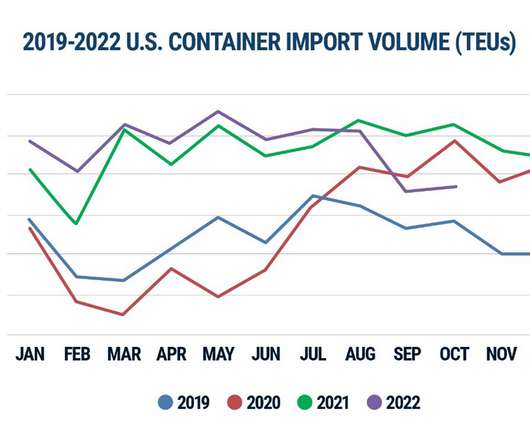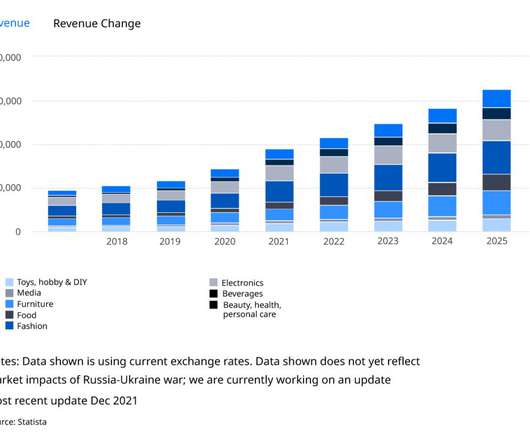Logistics Predictions: How Did We Do in 2022 and What Will 2023 Look Like?
Logistics Viewpoints
DECEMBER 1, 2022
Consumers’ appetite for ecommerce and home delivery continued to grow in 2022 but has been tempered by high inflation in the latter half of the year. The key point was that the pandemic converted more consumers to ecommerce and home delivery, especially the 55+ demographic. 2023 call: The driver shortage doesn’t get better.













Let's personalize your content